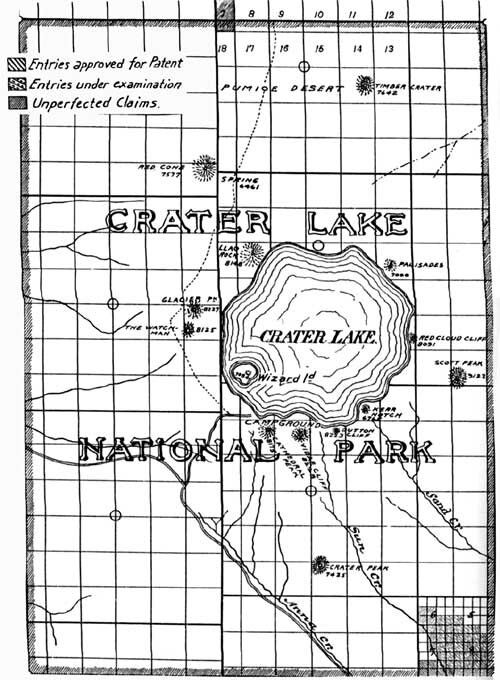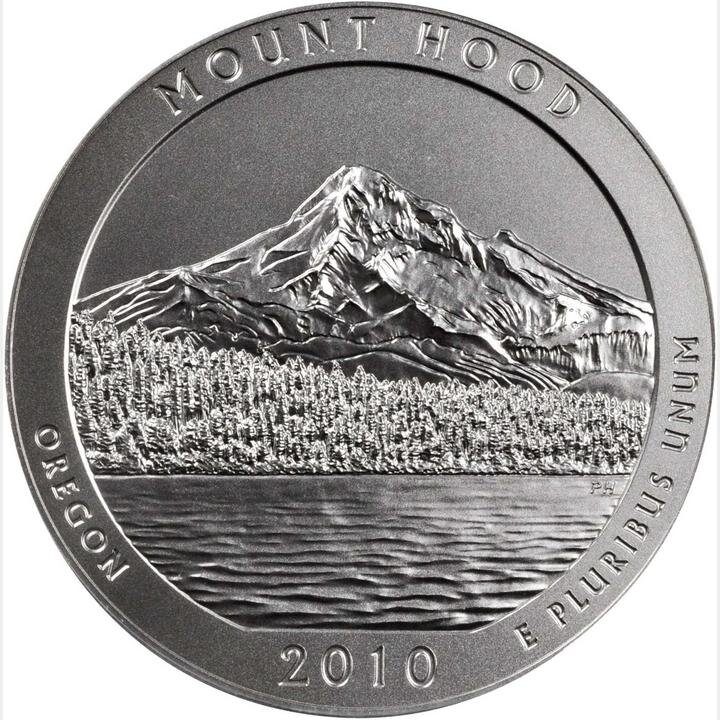The bill still needs work if it’s to do more than merely restore the status quo prior to the Trump administration.
Read MoreFigure 1. The Coleman Rim Inventoried Roadless Area on the Fremont-Winema National Forest, somewhat protected by the Forest Service Roadless Area Conservation Rule. Source: Sandy Lonsdale (first appeared in Oregon Wild: Endangered Forest Wilderness, Timber Press, 2004).



















